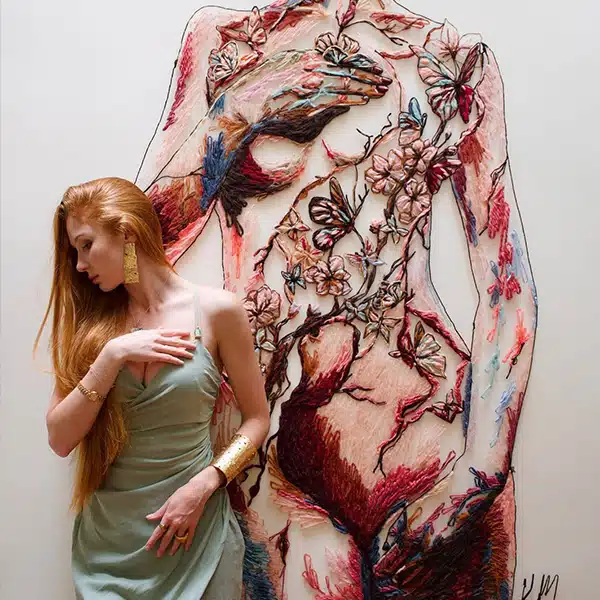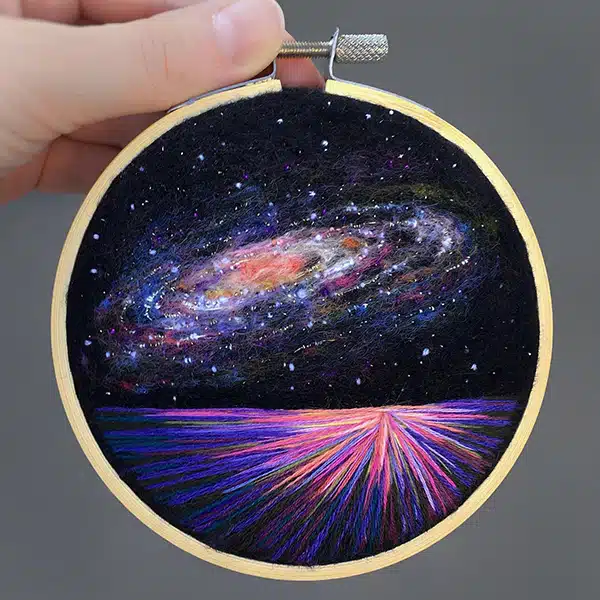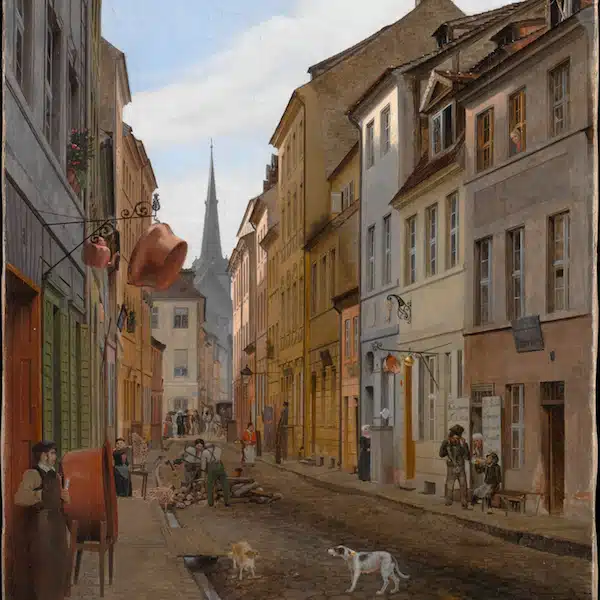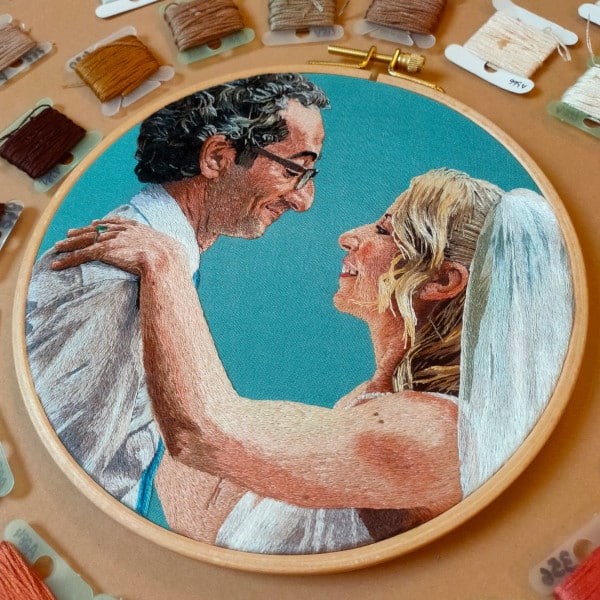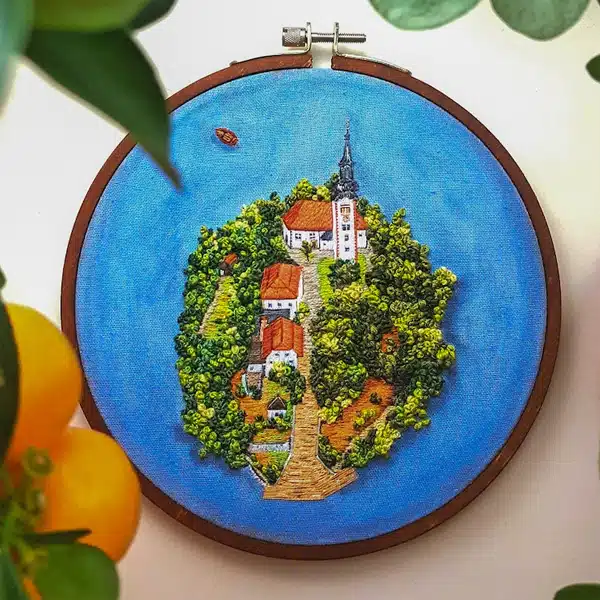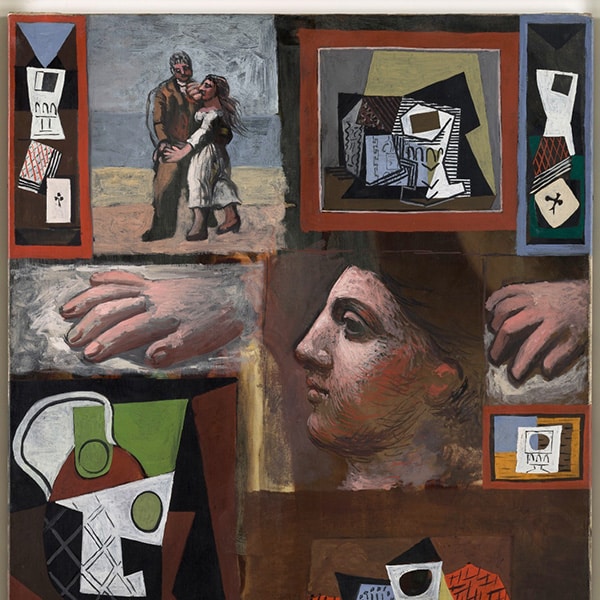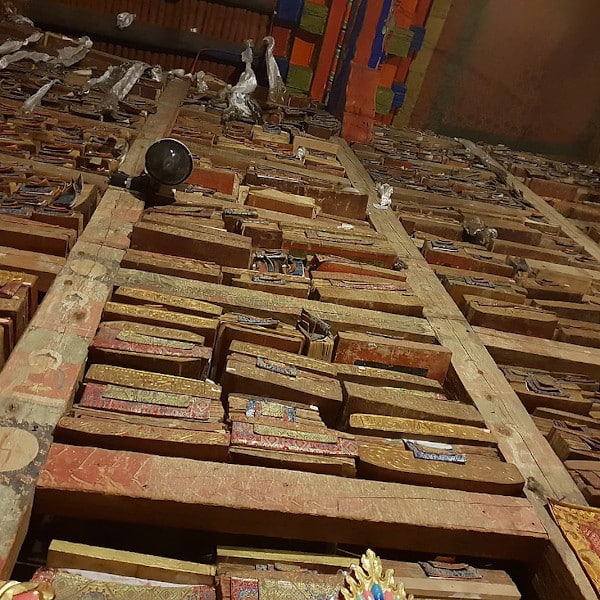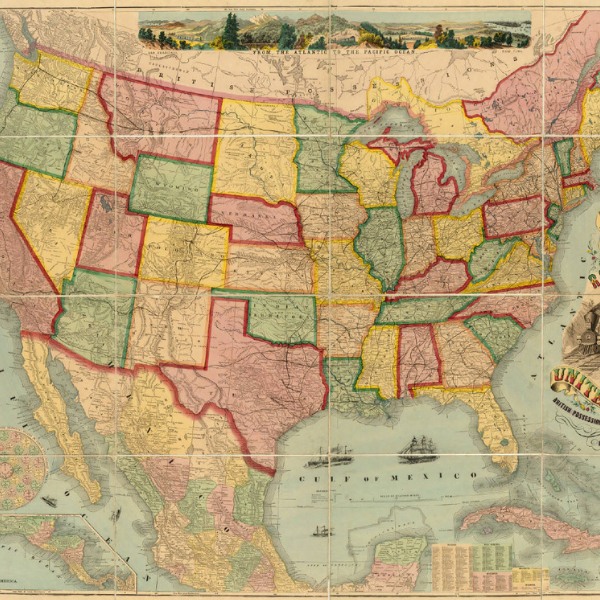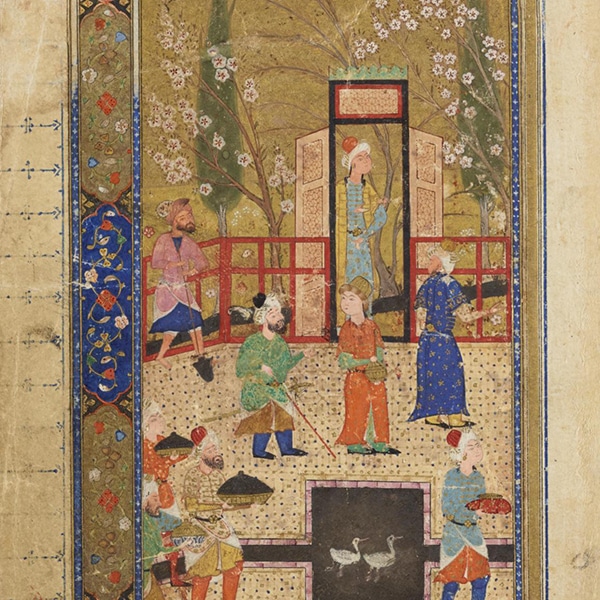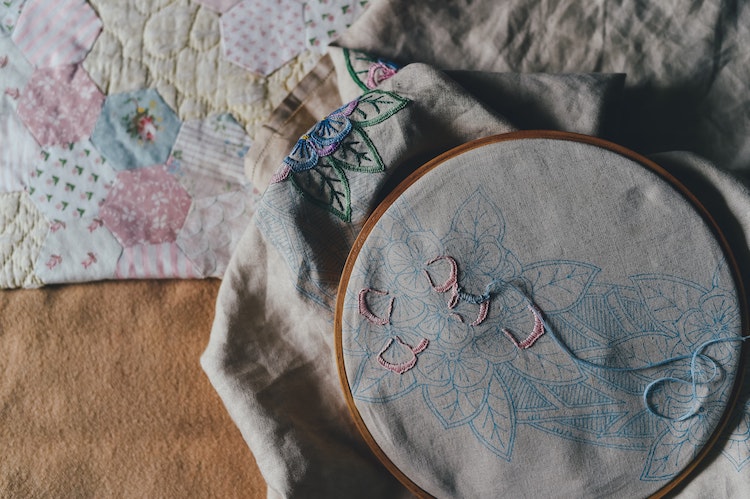
Photo: Annie Spratt
This post may contain affiliate links. If you make a purchase, My Modern Met may earn an affiliate commission. Please read our disclosure for more info.
The world of fiber art is expansive. While many might choose to focus on a single facet of it in their creative practice, there is a lot of cross-pollination when it comes to popular techniques. Embroidery, for instance, refers to sewing into a piece of cloth (or other material) using any number of stitches, and it perfectly pairs with the textile art approach called appliqué.
What is appliqué?
While it features elements of embroidery, this craft combines smaller pieces of fabric that are then sewn or glued onto a larger piece of fabric. Together, they form a pattern or picture. In this way, it’s similar to collage; you are mixing patterns and fusing shapes to create compositions. Appliqué can be completed on a sewing machine or by hand. Common embroidery stitches are used to adhere the multiple materials together, and they can add even more decorative accents to the work.
History of Appliqué
The term appliqué is derived from French and Latin words appliquer and applicare, respectively, which both mean to join or attach. Like embroidery, it has a humble beginning. The technique was used as a way to strengthen worn areas of items or to patch holes that had formed. As time went on, it became a creative outlet for cultures around the world.
Appliqué dates as far back as the ancient Egyptians and is seen on their clothing as well as household items. In this way, it fulfills the original intention of the practice. The Middle Ages, however, demonstrate how the approach shifts. It was seen on banners for churches as well as ceremonial costumes. This decorative use continues into the 18th and 19th centuries on the likes of clothing and quilting.
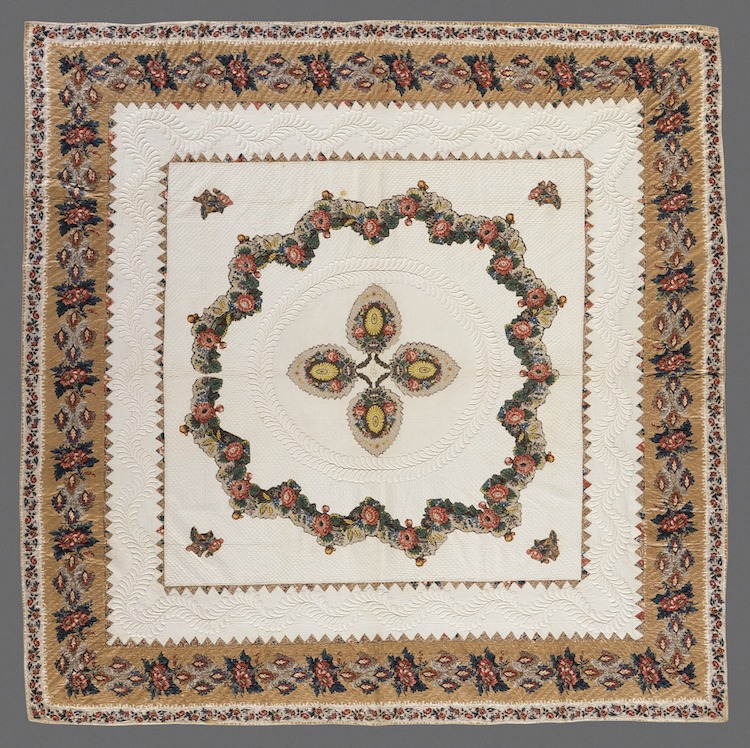
Photo: Los Angeles County Museum of Art [Public domain], via Wikimedia Commons
Basic Guide to Appliqué
If you’re familiar with embroidery or quilting, chances are you’ve got most of the tools that you need for appliqué. Here’s what you’ll want to gather:
- Small scissors
- Size 10 or size 11 sewing needles
- Appliqué pins
- Marking tool (we like the disappearing ink fabric markers)
- Appliqué glue
- Template plastic for making patterns
- Iron
The fundamental premise of appliqué is to affix pieces of one fabric onto a larger fabric base. You can do this by simply stitching or gluing them together without concealing the raw edges. Keeping these kinds of edges will give the piece a rustic aesthetic, and many artists prefer to show the fraying fabric! But if you’re someone that would prefer clean edges, Jill Finley of Jillily Studio shares her approach for preparing pieces and then how to stitch them.











































































